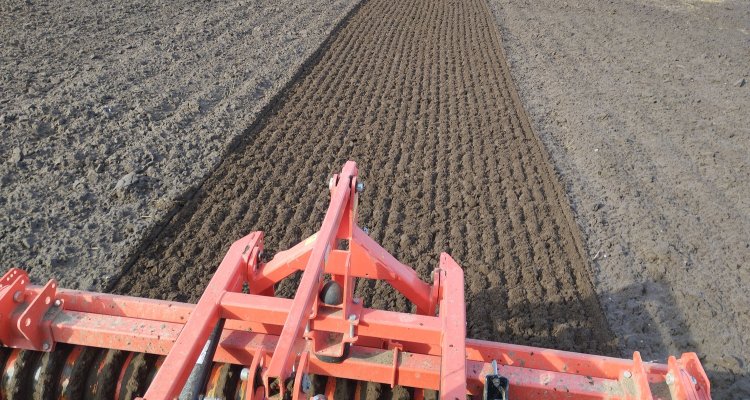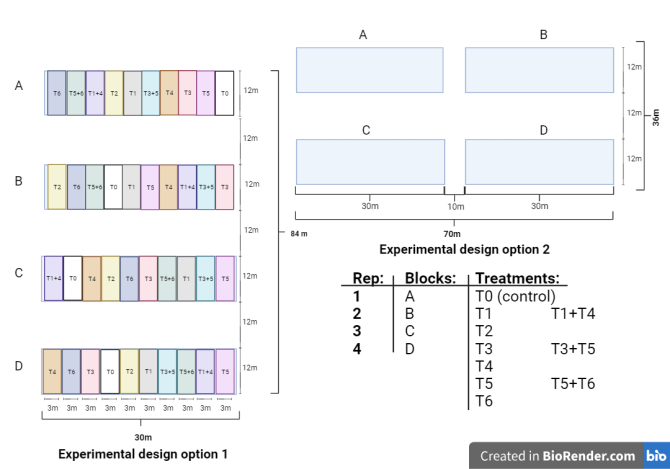
Project
The Impact of Seedbed Preparation Timing on Weed Seedling Establishment
This project aims to explore how seedbed preparation timing influences weed species' establishment in agricultural fields. By conducting an experiment with varying intervals of seedbed preparation and using the false seedbed technique, we seek to understand how different timings affect the emergence and composition of weed populations. Data will be collected from the Droevendaal experimental farm in Wageningen, The Netherlands.
Project description
Weeds can significantly disrupt agricultural production. One approach to managing them is by promoting a diverse weed community with only a small presence of highly competitive species. Crop rotations involving a variety of crops can help foster such diversity. A recent meta-analysis highlighted that variations in sowing time play a crucial role in the success of crop rotations. Since most weed species germinate during specific times of the year, the timing of tillage and seedbed preparation is critical in determining which weed species become established. This timing is closely linked to the crop and its optimal sowing period.
An experiment will be conducted to further investigate how timing influences the composition of weed communities. In this experiment, seedbed preparation will occur in various plots at two-week intervals, followed by an assessment of the resulting weed community. Additionally, several plots will be designated for the False Seedbed technique, where a second seedbed preparation is conducted after a few weeks. This process kills the initial flush of weeds while triggering a new flush. The experiment will compare the composition of this new flush to the first and to that of a plot where the first seedbed preparation coincides with the timing of the second application. This will provide insight into how different timing strategies affect weed community dynamics.

Objectives and methods
This MSc project's primary focus will be field experimentation, providing students with hands-on practical experience in experimentation and weed seedling identification.
Data collection includes:
- Seedbank data will be determined before agronomic interference.
- Weed seedling data will be determined after each treatment.
Required skills
Basic statistics skills. Beneficial but not required: experience in fieldwork and R programming language.
Type of research
Field experimentation:
Soil samples will be collected and placed in seedling trays inside the greenhouse tunnel. The seedling trays will need to be watered regularly. Afterwards, the weed seedlings will be identified to determine the types of weed found in each soil sample. At the same time, weed seedlings will be identified and recorded in the field after each seedbed preparation treatment.
Period
1 March until 31 August 2025
Location
Droevendaal experimental farm, Wageningen, The Netherlands